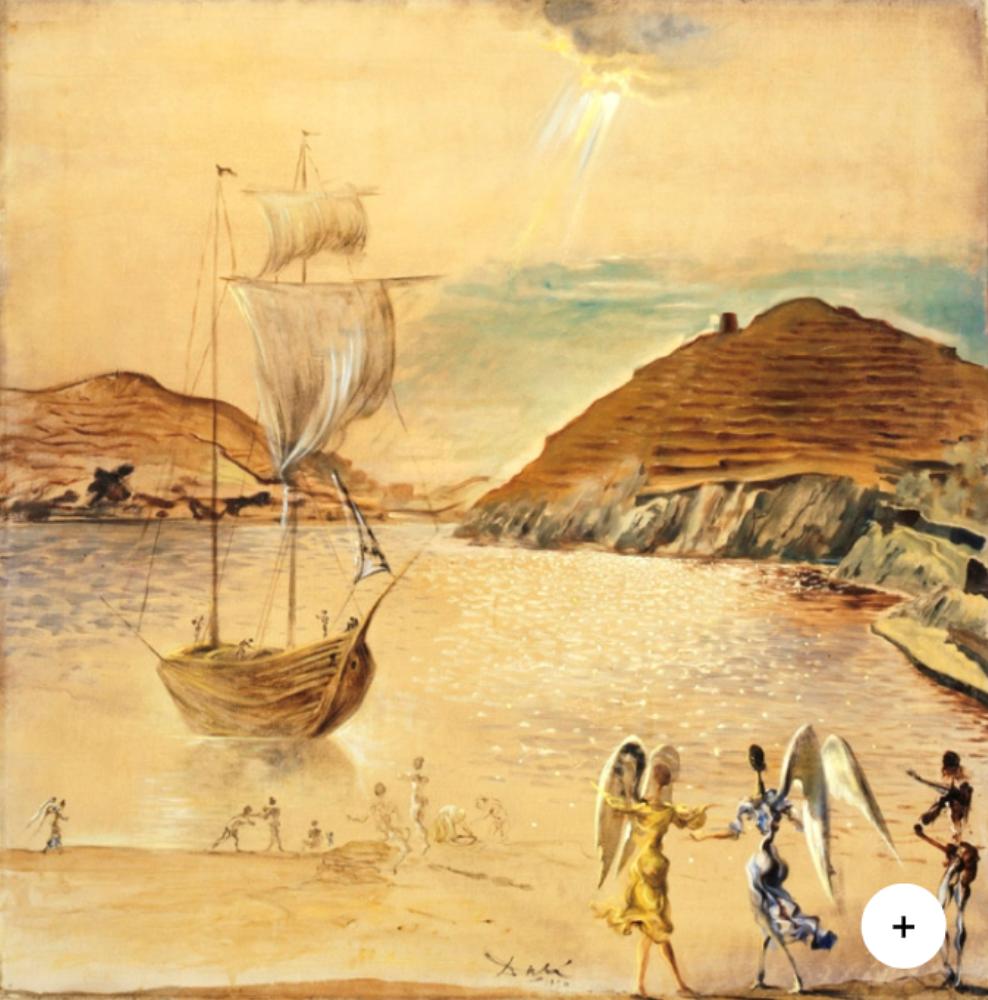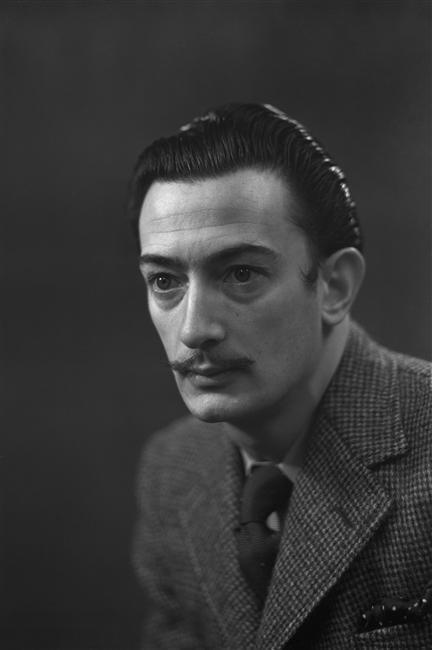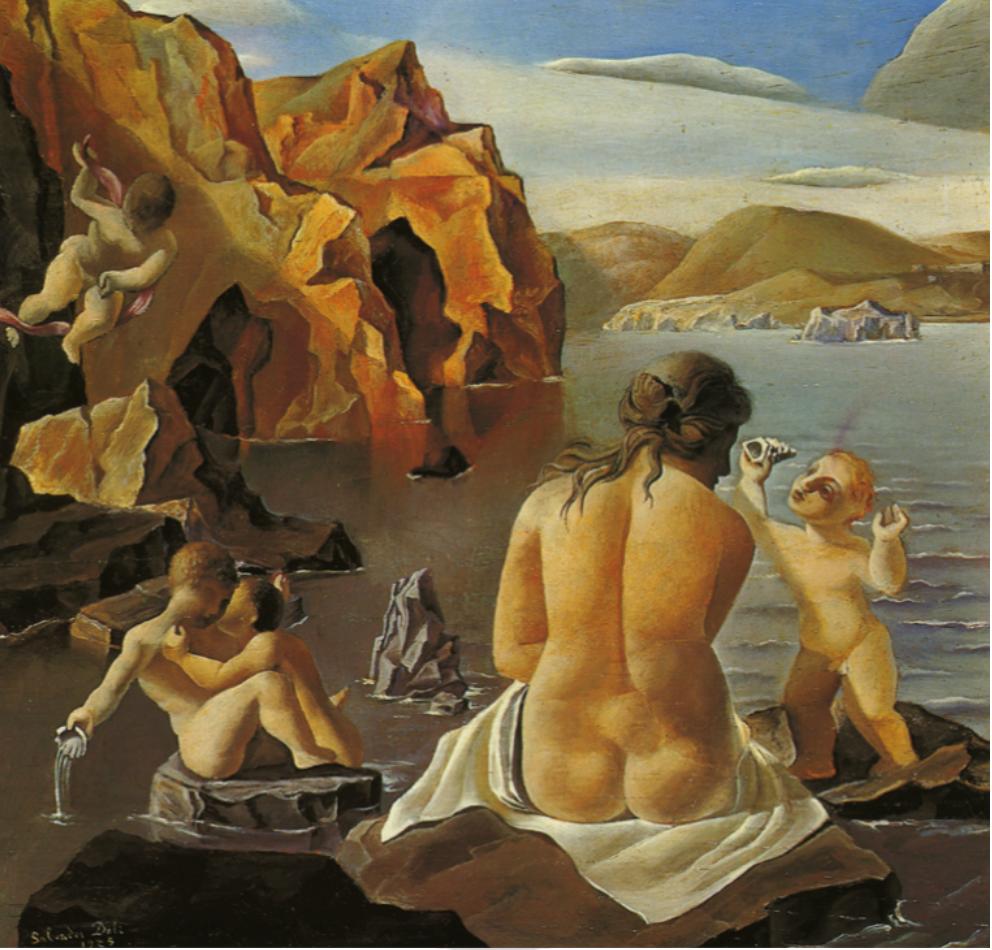The Arrival
Salvadore Dalí
Description
Oil on Canvas
1950
61 x 61 cm
Provenance
1. Mrs. Albert D. Lasker, New York
Exhibitions
1. 2. 3. 4. 1953, Dallas, Dallas Museum of Fine Arts, An Exhibition of Sixty-Nine Paintings from the Collection of Mrs. Albert D. Lasker, 06/03/1953 - 29/03/1953, cat. no. 16
1964, Tokyo, Tokyo Prince Hotel Gallery, Salvador Dalí : exhibition - Japan
1964, 08/09/1964 - 18/10/1964, cat. no. 42
1970, Rotterdam, Museum Boymans-van Beuningen, Dalí, 21/11/1970 - 10/01/1971, cat. no. 79
1971, Baden-Baden, Staatliche Kunsthalle, Dalí: Gemälde, Zeichnungen, Objekte, Schmuck, 29/01/1971 - 28/03/1971, cat. no. 65
About the artist
Dalí's artistic repertoire included painting, sculpture, film, graphic arts, animation, fashion, and photography, at times in collaboration with other artists. He also wrote fiction, poetry, autobiography, essays, and criticism. Major themes in his work include dreams, the subconscious, sexuality, religion, science and his closest personal relationships.




-full-size.jpg)